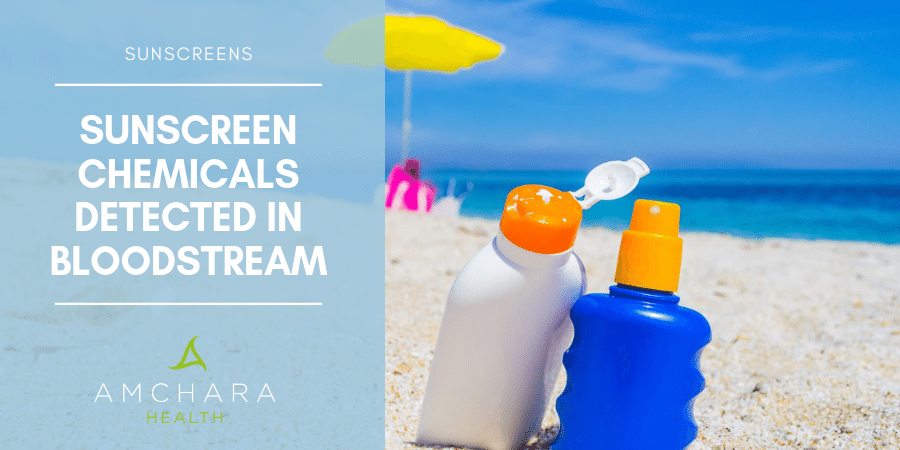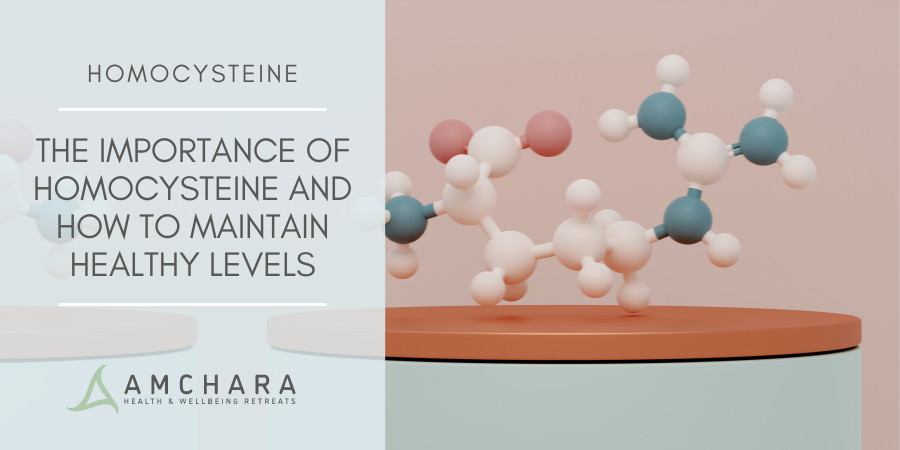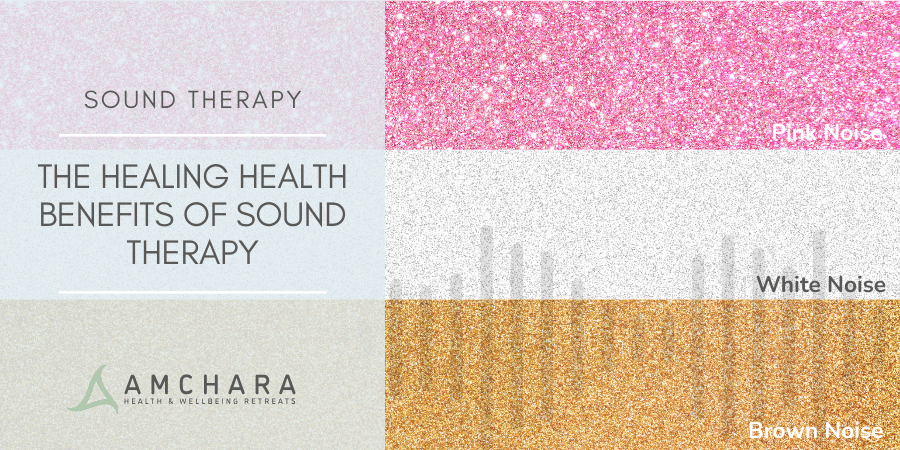Topics covered in this article:
Sunshine. In moderation it has all sorts of benefits, including making us feel good and helping us to manufacture vitamin D.
But too much is definitely not a good thing, and we know the importance of using sunscreen to avoid skin cancer.
However, a quick glance at a bottle of sunscreen will show that they often contain a bewildering amount of scary sounding ingredients.
While it’s important to point out not everything which sounds like a chemical is dangerous to health, many of us choose to avoid sources of chemical toxicity whenever we can.
The ingredients which filter UV rays may be chemical or mineral.
Chemical filters absorb the energy of the sun’s rays while mineral ingredients reflect and scatter them.
Many products combine mineral filters with chemical filters.
The Importance of UVB Protection
Ultraviolet radiation is part of the light which reaches the earth from the sun. Its wavelengths are shorter than visible light, meaning we can’t see it.
Sunlight exists in two broad types of wavelengths. UVA rays, which make up around 95% of ultraviolet radiation, are long wavelengths which deeply penetrate the skin, whereas UVB are shorter rays which only penetrate the uppermost skin layers.
When sunscreens first came into use, it was believed sun damage came only from UVB rays.
This led to SPF products being developed – the SPF is a value of how well the product shields the skin from UVB rays.
The lower energy UVA rays were initially thought to only contribute to skin ageing and wrinkles.
But recently, scientists have discovered these rays can also cause immune system suppression and lead to free radicals and inflammatory molecules being released, so consequently they are related to skin cancer (1).
It’s UVA rays that are mostly emitted from suntan beds, which have been positively connected with skin cancer.
Skin Cancer and Sunshine
Skin cancers can be divided into melanoma and non-melanoma.
Melanoma is the fifth most common cancer in the UK, with over 15,000 new cases annually.
The incidence of melanoma has increased by 128% since the 1980s, according to Cancer Research UK (2).
Melanoma is the deadliest form of skin cancer and has increased in prevalence faster than any other kind of cancer, despite a massive rise in the use of sunscreens.
In 1978, according to the National Cancer Institute in the US, 7.9 people per 100,000 developed melanoma, compared to 25.4 in 2016 (3).
Scientists don’t yet fully understand the link between melanoma and UV exposure, but it does appear both types of UV rays may contribute to melanoma risk, as does sunburn at a young age and sunbed use.
The most common non-melanoma skin cancer is basal cell carcinoma, which accounts for around 75% of these types of cancers, followed by squamous cell carcinoma.
The incidence of non-melanoma skin cancers has also been increasing since the early 1990s, with around 136,000 new cases diagnosed in the UK every year.
Increasing Sunscreen Use
With concerns about the link between skin cancer and sunburn, coupled with relatively inexpensive international travel and climate change producing more instances of extreme weather, we’re applying greater amounts of sunscreen, and more frequently, than ever before.
The sunscreen market is worth more than £240 million annually.
Forty years ago, sunscreen was used only in the summer, which is very different from the daily use today.
New formulations have been developed with higher amounts of active ingredients than previously.
Chemical Toxicity from Sunscreens
Sunscreen manufacturers have always maintained the chemical filters they contain are not absorbed into the bloodstream, and experts argue chemical-based sunscreens have been used for many years without any reported health issues.
However, toxicity may not be immediately apparent, possibly only having a cumulative or long term effect.
In a recent study on commercially available sunscreens, researchers found just one day of wearing sunscreen was enough for the chemical filters to be detected in the blood of volunteers (4).
The US Food and Drug Administration found the chemicals not only leached through the skin and into the blood on a cumulative basis, depending on how long the sunscreen was used, but they remained in the body for at least 24 hours.
In the study, people were asked to apply 2mg sunscreen per square cm of skin to 75% of their skin a total of four times per day.
Official advice from the British Association of Dermatologists is to apply six teaspoons of sunscreen, so this amount was meant to mimic what a person may apply on a beach to skin not covered by a swimsuit.
Active Sunscreen Ingredients
Researchers in the above study discovered four chemicals in the blood which are used as active ingredients in sunscreen.
After one day’s use, not only had the chemicals made their way into the blood, but they had all exceeded the FDA minimum threshold level of 0.5 nanograms/ml.
Some of these remained in the bloodstream one week later.
Although a nanogram is a tiny amount, just a thousand millionth of a gram, anything which is capable of being present in the blood at levels which exceed this require FDA safety testing in the USA.
Because it was previously believed these chemicals did not make their way into our bodies, no testing had routinely been carried out.
- Which Chemicals were Found in the Blood?
Researchers in the above study found four chemicals in the blood of people using the sunscreens tested.
- Oxybenzone is a chemical sun filter. Researchers found blood levels of this substance considerably exceeded the safety threshold and eventually reached an average of 191ng/ml blood. This chemical is suspected of affecting hormone levels, being oestrogenic and has been associated with lower birth weights in baby girls (5). One study found adolescent boys with higher oxybenzone in their blood had lower testosterone levels (6), while other researchers found the concentration of oxybenzone in women’s urine was associated with increased incidence of endometriosis (7). Worryingly, traces of oxybenzone have been detected 96% of urine samples in the US and several other UV filters were found to be present in 85% of Swiss breast milk samples (8).
- Avobenzone is an oil-soluble substance which protects skin from both UVA and UVB rays. Blood levels of this chemical were found to be over six times the minimum safety threshold set by the FDA.
- Ecamsule filters out UVA rays. This chemical was found to penetrate skin only for a cream-based sunscreen, but was still present in the blood at three times the minimum threshold value.
- Octocrylene, which has been connected with skin allergy (9), was found to be on average over ten times the threshold value in the blood of the volunteers.
There are 16 chemical filters currently used as active ingredients in sunscreens. Apart from the four ingredients found in the FDA study other chemical filters have been linked with skin irritation and hormone disruption.
Nanoparticles in Sunscreens
At present, the FDA considers only two sunscreen ingredients, zinc oxide and titanium dioxide, to be safe based on data currently available.
These are both mineral filters. Zinc oxide has been found in studies to be absorbed into the skin in tiny amounts, far less than the chemical filters (10).
However both zinc oxide and titanium dioxide are often present as nanoparticles.
The use of nanoparticles means mineral sunscreens are less white and chalky than they used to be.
Unfortunately, nanoparticles pose an inhalation risk.
Titanium dioxide has been classed as a possible carcinogen when it is inhaled in large doses, as it can pass from the lungs into the bloodstream.
It’s for this reason spray sunscreens which may be inhaled are probably best avoided.
The other problem with nanoparticles is these tiny particles of both titanium dioxide and zinc oxide have a greater tendency to form free radicals in skin cells once exposed to sunlight.
Inactive Sunscreen Ingredients
Apart from the ingredients in sunscreens which are there to protect us from the sun, sunscreens also contain an array of other ingredients such as preservatives, to ensure the active sun filtering components remain stable in sunlight.
These preservatives have been related to skin allergens.
Some sunscreens contain extra anti-inflammatory ingredients to reduce skin reddening.
While on the face of it this would seem to be a good idea, they may mask outward signs of skin damage, giving a false sense of security in the sun.
Oxybenzone, as well as being a sun filter, inhibits skin reddening, but other ingredients such as aloe, liquorice and chamomile may also do so without offering any sun filtering benefits.
While calming skin inflammation using natural ingredients is a great idea, provoking the inflammation in the first place is definitely not.
Some studies have shown the addition of antioxidant vitamins and herbals to sunscreens reduce skin damage from the sun, although often they are added simply to prevent the ingredients in the sunscreen from breaking down over time.
SPF – Only Part of the Picture
Most sunscreens are relatively inefficient at shielding the skin from UVA rays, as it’s harder to manufacture a product which protects the skin from both UVB and UVA.
It’s important to note UVA rays can generate free radicals without skin reddening, so there will be no outward sign of burning.
Research has shown sunscreens with high SPF values don’t necessarily offer high protection from UVA rays, and do not prevent the production of free radicals (11) – in general, SPF factors are overestimated.
Sunscreens – Bad for the Environment?
It’s not only our health which may suffer from the use of chemical sunscreens, it seems they may be harming the planet too.
Oxybenzone and another sun filter octinoxate have both been found to be toxic to coral reefs.
The chemicals have been found to kill growing coral and cause stress and bleaching, along with causing genetic damage, not only to coral but also to other marine organisms, accumulating in aquatic life (12).
This has led to a ban on sunscreens containing these ingredients in Hawaii which is suffering from a major loss of coral off its beaches.
Iif these chemicals are harming marine life in this way, can they be good for our health?
Conclusion
Sunscreens are products in daily use, which many people apply frequently, in large amounts, and which are designed to stay on our skin for a prolonged period of time.
Some of the chemicals in these sunscreens make their way into our bloodstream in significant quantities.
Not only have these substances not been routinely tested for safety, but we know they have the potential to interfere with our hormone balance and to harm the environment.
In fact, we don’t know for certain whether sunscreen use prevents melanoma development.
Sun, especially skin burning, certainly appears to play a role, but other factors may well be involved.
If you are a regular reader of our articles, you will understand the importance of nutritional and lifestyle choices in protecting you from the development of chronic disease – in this case the amount of antioxidants available to our bodies to quench free radicals produced by sunlight, inflammation levels in the body, and even stress.
While it is not a good idea to spend prolonged periods in the sun without using sunscreen, it’s worth checking out sunscreens that avoid the use of hormone disrupting chemicals and instead use mineral cream sunscreens, which do not contain nanoparticles.
Make sure you’re taking in plenty of antioxidants from brightly coloured fruit and vegetables.
If you do avoid the sun, it’s worth having your vitamin D levels checked as deficiency in this essential vitamin is common.
If you are concerned about skin health, a consultation with an Amchara Health Practitioner can help you to make beneficial, long-lasting changes to optimise your overall health.
We’re dedicated to providing you with both insightful information and evidence-based content, all orientated towards the Personalised Health approach.
Did you find this article useful?
Let us know your favourite chemical-free sunscreen, as well as your top tips to support skin health.
READ THIS NEXT:




